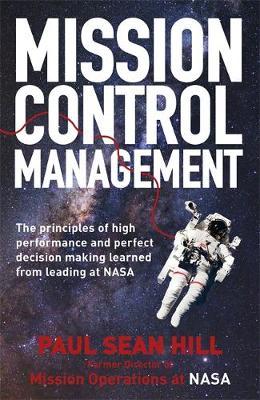Just ask NASA: What CEOs can learn from space missions

In his book, Mission Control Management, Paul Sean Hill shares what he’s learned about decision making and strong leadership during his 10 years spent with NASA.
As the former Director of Mission Operations for the organisation’s human spaceflight, Paul faced countless demanding scenarios – including overseeing the investigation into the 2003 Columbia disaster and leading the first successful mission after the accident.
The CEO Magazine sat down with Paul as he dished out some expert advice on how to combat management weaknesses, lead stellar teams and pull off miracles in your workplace.
How does managing a business compare to rocket science and flying in space?
No one wants to fail, whether that means blowing up a rocket or bankrupting a company. The mistakes that lead to failure are not typically caused by rocket science errors, but by management and team behaviours that get in the way of better-informed and more-deliberate risk-taking and decision making.
What is the key to the Mission Control culture that corrects those behaviours?
A high-trust team environment that is characterised by full transparency, deliberate alignment in the team’s core purpose, and full team engagement in every decision.
How do other leaders leverage this to enhance their team performance?
- Create a high-trust, value-based team environment:
- Align the team to a common purpose and prioritise strategies and decisions on how well they contribute to team success.
- Practise full transparency in all discussions and decision-making.
- Allow/expect all team members to engage on every subject.
- "Train the way you fly. Fly the way you train."
- Say what you mean: There can be no unmentionable or undiscussable concerns. Rely on the alignment to purpose and values to get through any uncomfortable discussions.
- Do what you say: Take deliberate action based on the conclusions reached in this high-trust team.
- Reinforce the high-trust environment as a team regularly:
- Discuss the need for transparency, value alignment and engagement.
- Deliberately assess individual and team behaviours and management practices for alignment to these values.
- Explore new ideas and remain open to behaviour changes that enhance this high-trust environment.
Want more? We discover what leaders can learn from an ex-Navy SEAL.
